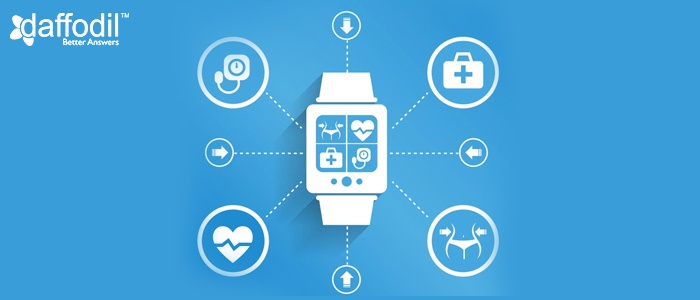
Healthcare is one of the world’s largest industries. Collectively, the size of the healthcare market is estimated to be between five trillion to six trillion dollars. As one of the examples for how large the healthcare industry is at global level, consider this: All spending on products and services concerning the heart (pharmaceuticals such as beta-blockers, cardiovascular surgery procedures etc) is greater than the entire automotive industry. Therefore, there is nothing to be surprised with the fact that both entrepreneurs and investors have traditionally looked at healthcare as a lucrative industry to invest in.
In strive to make the healthcare industry digitalized and compact, businesses are coming up with many innovative ideas and medical devices that promises to catalyze the growth of the healthcare industry at a rapid pace. There are a number of innovations which impacted the healthcare industry massively and here we are with top 5 of them.
- AirRater – Sensor Networks and Crowdsourced Symptom Data
AirRater is a mobile app that helps the citizens of Tasmania, Australia with asthma, hay fever and other lung conditions to manage their symptoms and improve their quality of life.
Through a network of sensors installed across the state, AirRater monitors smoke and dust particles (often as a result of bushfires), temperature and pollen levels in multiple locations. Users can then enter the symptoms they are experiencing in their current location. AirRater uses this crowdsourced symptom data, combined with sensor data, to build a data report regarding the air quality across the state. This allows users to understand the extent to which current symptoms are attributable to air quality in their location.
AirRater helps users to proactively manage and monitor their health issues namely asthma, hay fever and other lung conditions through the provision of real-time data that hasn’t previously been available.
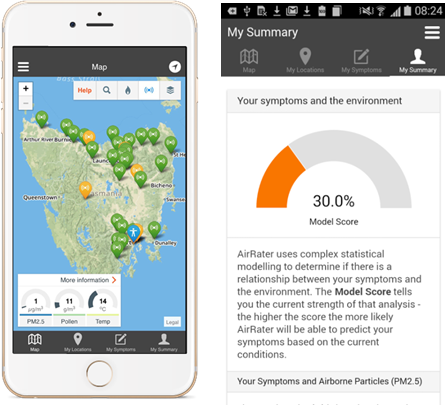
- Beat2phone – Consumerized Medical-Grade ECG
Beat2phone is a Finland based company that offers a medical-grade ECG device for consumers that live streams data to a smartphone via a wearable chest-strap. Designed to help identify asymptomatic atrial fibrillation, a condition that causes an irregular heart rate. The device uses proprietary algorithms to process and analyse the signal, provide automatic detection of the presence of heart abnormalities and enable instant feedback to patients, relatives and health providers. Innovation like this is finally coming up with wearable technology in order to bring medical technology to the patient, supporting early intervention and diagnosis.
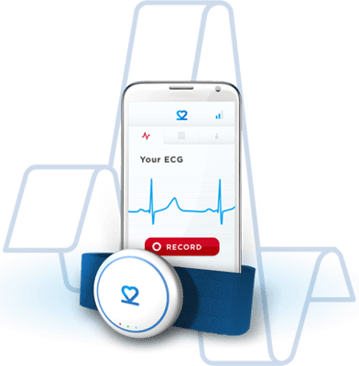
- Lifeguard Health Networks – Innovative Mobile-Based Models of Care
US-based Lifeguard Health Networks provides a low-cost, mobile-based model of care for managing a range of medical conditions, but with an emphasis on integrated cancer care.
LifeguardMobile allows health providers to define care plans that monitor cancer symptoms (i.e. patient reported outcomes), vital sign observations from consumer health devices, medications adherence, exercise, nutrition, sleep and more. Notifications are set as reminders to a patient for regularly entering data about their adherence to the care plan.
Once data is captured, it flows back to the health provider, where it is automatically assessed against thresholds defined by the oncologist care team in a personalized care plan. If the patient’s data reaches the threshold, they are shown at-risk in their dashboard and a notification is sent to the care team to take corrective measures.
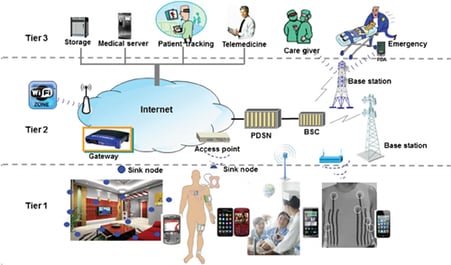
In addition, a patient’s family and friends (their circle of care) can be used to provide extra motivation. When a patient reports poor symptom score or skipped medication, the circle of care is notified, allowing them to bring the patient back to healthy state.
Where LifeguardMobile really comes into its own is transitional care for cancer patients moving back into community care following hospital treatment. This new model of care allows healthcare providers to take early intervention and prevent re-hospitalization.
- Innovations in 3D Printing Technologies
3D printing technology is predicted as the future replacement to partial and full Organ transplant, specifically - Continuous Liquid Interface Production (CLIP), which is a photochemical process to produce structures with excellent mechanical properties, resolution, and surface finish.
CLIP will soon make it possible to print isotropic organs and body parts with mechanical properties and surface finish like injection-molded plastics. None of the additive technology delivers the synthesis of fit, form, and function required to bridge the gap between prototyping, implementation, and manufacturing.
- Robotic Surgery
As a technological add on for telemedicine in remote and rural areas - the future vision is to make minimal access (or keyhole) surgery universally accessible and affordable. This can be achieved by significantly expanding the range of procedures that can be performed robotically. Many robotic surgery firms have successfully completed preliminary cadaveric, animal and first-in-human trials.
Leveraging robotic surgical technologies to dovetail with traditional telemedicine will transform the existing market for surgical robotics and address the immediate needs of performing high risk surgeries in rural and remote area. Global revenues for robot-assisted surgery at present are approximately $4 billion on a yearly basis and are anticipated to reach $20 billion by 2025, according to research by Cambridge Medical Robotics.
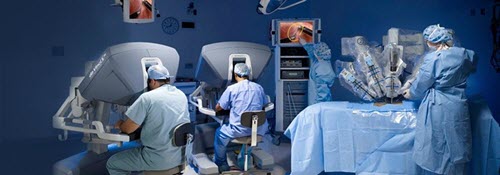
Global technology is coming up with loads of measures that will help to improve the healthcare facility throughout the world. But along with the digital innovations we will also require manual awareness and motivation to spread these facilities to the regions where the people haven’t been so privileged to take an advantage of the same. There are a few initiatives taken by the government to make the healthcare facility reach to the poor and underprivileged. Mainly mass distribution and creating awareness about generic medicines. So let’s hope with all those innovations the industry will provide people with an edge to fight the health issues and make the world healthier.




